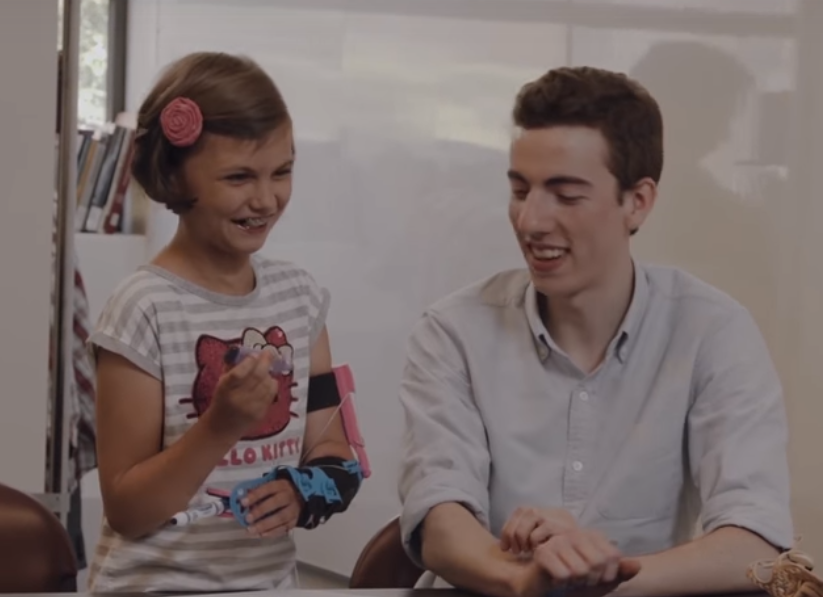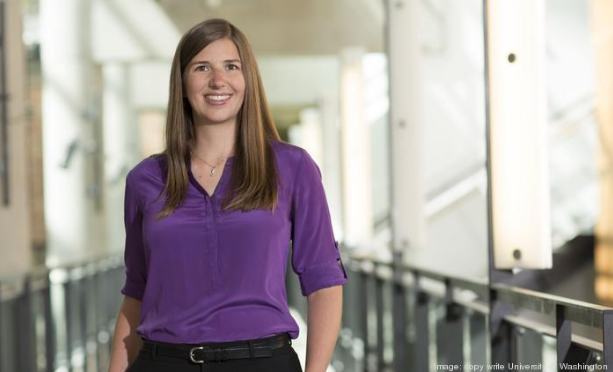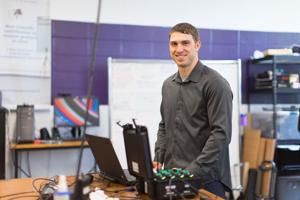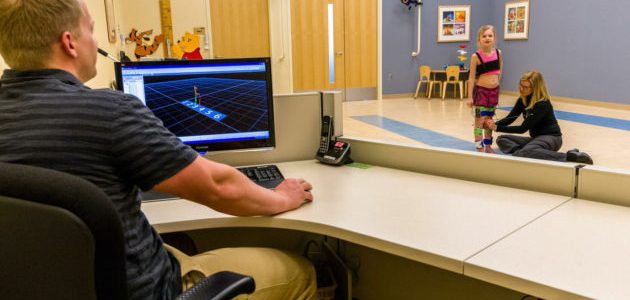Here at the Ability & Innovation Lab we are fortunate to partner with amazing families and people who are our user experts for feedback and ideas when creating new devices and designs. Jayna and her family are fantastic partners in the design project for Jayna, alongside our undergraduate students. The second prototype is now underway to improve the comfort, donning and doffing, and applicability of Jayna’s elbow-driven device to enable the use of her left arm during two handed tasks.
UW Together presents Jayna’s story HERE.


 Our director of the Human Ability and Engineering Lab, Kat Steele, is highlighted in the Puget Sound Business Journal. Below a blurb from the article can be read, but to read in full, follow this
Our director of the Human Ability and Engineering Lab, Kat Steele, is highlighted in the Puget Sound Business Journal. Below a blurb from the article can be read, but to read in full, follow this 
